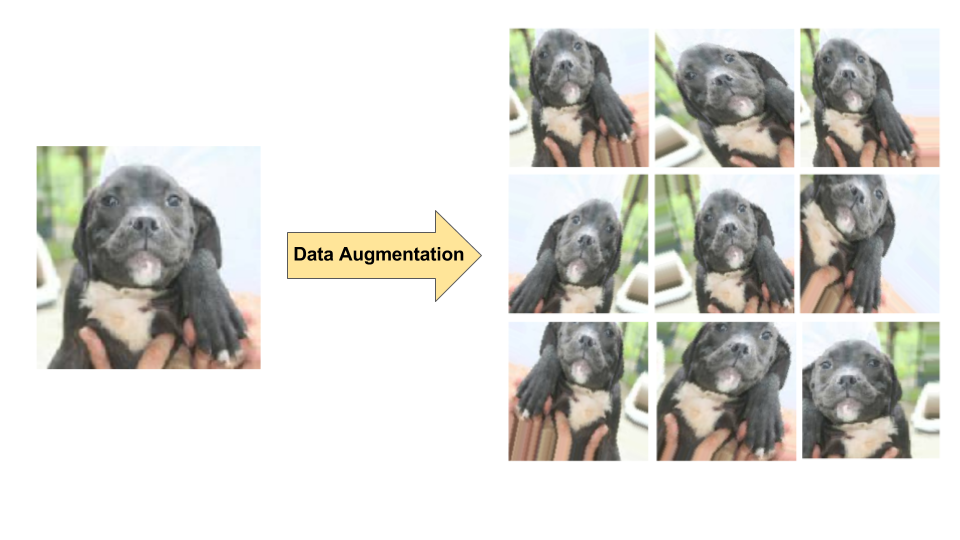AI-generated Key Takeaways
-
Overfitting in convolutional neural networks can be mitigated by using techniques like data augmentation and dropout regularization.
-
Data augmentation involves creating variations of existing training images to increase dataset diversity and size, which is particularly helpful for smaller datasets.
-
Dropout regularization randomly removes units during training to prevent the model from becoming overly specialized to the training data.
-
When dealing with large datasets, the need for dropout regularization diminishes and the impact of data augmentation is reduced.
Preventing Overfitting
As with any machine learning model, a key concern when training a convolutional neural network is overfitting: a model so tuned to the specifics of the training data that it is unable to generalize to new examples. Two techniques to prevent overfitting when building a CNN are:
- Data augmentation: artificially boosting the diversity and number of training examples by performing random transformations to existing images to create a set of new variants (see Figure 7). Data augmentation is especially useful when the original training data set is relatively small.
- Dropout regularization: Randomly removing units from the neural network during a training gradient step.
 Figure 7. Data augmentation
on a single dog image (excerpted from the "Dogs vs. Cats" dataset
available on Kaggle). Left: Original dog image from training set.
Right: Nine new images generated from original image using random
transformations.
Figure 7. Data augmentation
on a single dog image (excerpted from the "Dogs vs. Cats" dataset
available on Kaggle). Left: Original dog image from training set.
Right: Nine new images generated from original image using random
transformations.